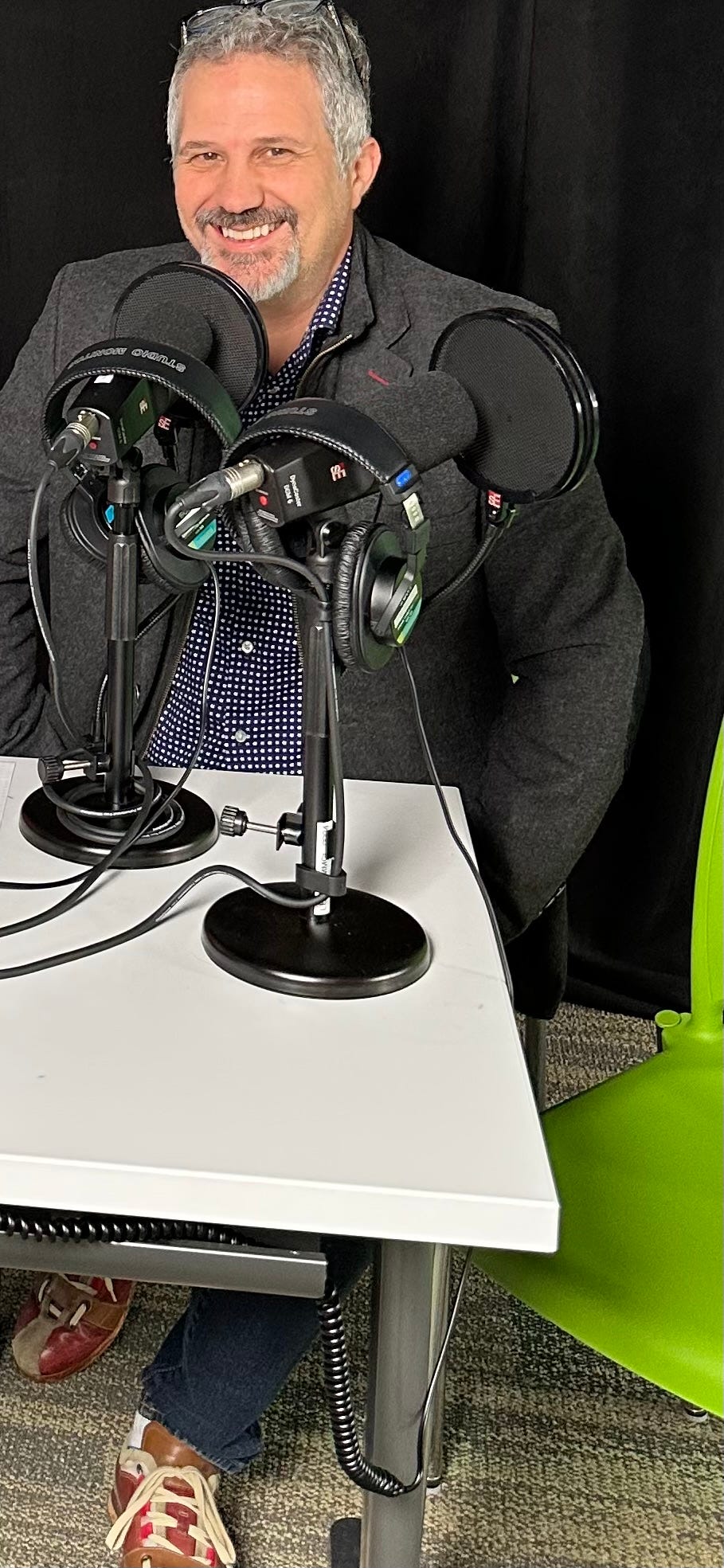I was recently at an Ontario university speaking to a group of administrators, when a senior leader posed a question. “Can you help us?” they asked. “Not with our technology or just finances, but with our future.” That moment crystalized a truth I had been circling for some time. Ontario’s post-secondary institutions are not simply facing a financial crisis. They are facing an identity crisis.
When funding tightens, enrollment patterns shift, and policy becomes reactive, it is tempting for institutions to look inward and double down on operations. But inward focus can become insular. In a time like this, the opportunity is not just to survive, but to reimagine. And this is where a futurist and strategist has a meaningful role to play.
From Credentialing to Capability Building
For too long, universities and colleges have positioned themselves primarily as credentialing institutions. The problem is not that credentials have lost value. It is that they are no longer the proxy for adaptability, creativity, or the ability to lead in a changing world.
I work with organizations every day that are desperate for people who can navigate ambiguity, synthesize across disciplines, and ask better questions. Ontario’s institutions must make a fundamental shift. They must evolve from being content delivery systems into dynamic capability builders. The key is to reframe their purpose. What if we saw the university not as a final stop for learning, but as a launchpad for perpetual reinvention?
Creating the Future Portfolio
Many institutions are currently cutting programs as a way to manage deficits. But what if we reframed the problem? Instead of thinking about programs in isolation, why not design an intentional “portfolio of the future” that aligns with societal trends and emerging needs?
New combinations such as AI and public health, or Indigenous knowledge and sustainable design, signal a broader movement. This is a moment for strategic experimentation. It is time for leadership teams to run innovation sprints focused not only on efficiency, but also on transformation.
At Project X Ltd., we’ve used our Art of the Possible approach to help organizations build future-ready offerings. The same methodology can be applied to co-design new models of learning. These models must be modular, data-rich, and developed in partnership with real-world ecosystems.
Institutions as Living Labs
One of the most valuable roles universities can play now is to act as conveners and experimenters. But to do this, they must break down the walls between academia and industry. Today’s employers do not just want talent. They want insight, foresight, and co-creation. What if post-secondary institutions saw themselves as “living labs” for their local economies?
Using data platforms like Snowflake, AI tools like MicroStrategy, and strategic partnerships with companies willing to co-develop curriculum and use cases, institutions can create environments where students and faculty work on real problems with real implications.
This transforms the value proposition. Universities and colleges are no longer providers of knowledge. They become producers of change.
Designing for Lifelong Relevance
The traditional model of a four-year degree followed by entry into the workforce is being replaced by a cycle of lifelong learning. Yet most post-secondary institutions still design around the 18-to-24-year-old full-time student. There is an urgent need to create microcredentialing systems, just-in-time training modules, and adult learning experiences that are flexible, personalized, and AI-enhanced.
As a strategist, I help organizations think in terms of use cases. The same applies here. What are the use cases of education for a mid-career health worker, a newcomer to Canada, or a retiree seeking meaningful reinvention? Ontario’s institutions must begin designing for all of them.
A Call to Reinvention
The question I was asked — “Can you help us?” — was not about a one-time fix. It was a signal that institutions are beginning to realize what is at stake. Reinvention is not a luxury. It is a necessity.
Futurists do not predict. We help reframe. We help leaders zoom out, see patterns, spot inflection points, and design strategic moves. Innovation is not about chasing every new trend. It is about aligning capabilities to new forms of relevance.
Ontario’s colleges and universities are rich with history, talent, and infrastructure. What they need now is boldness. They need outside voices who can challenge assumptions, expand imagination, and push beyond incremental change.
If they are willing to open that door, the next chapter of post-secondary education in Ontario can be more than stable. It can be extraordinary.



